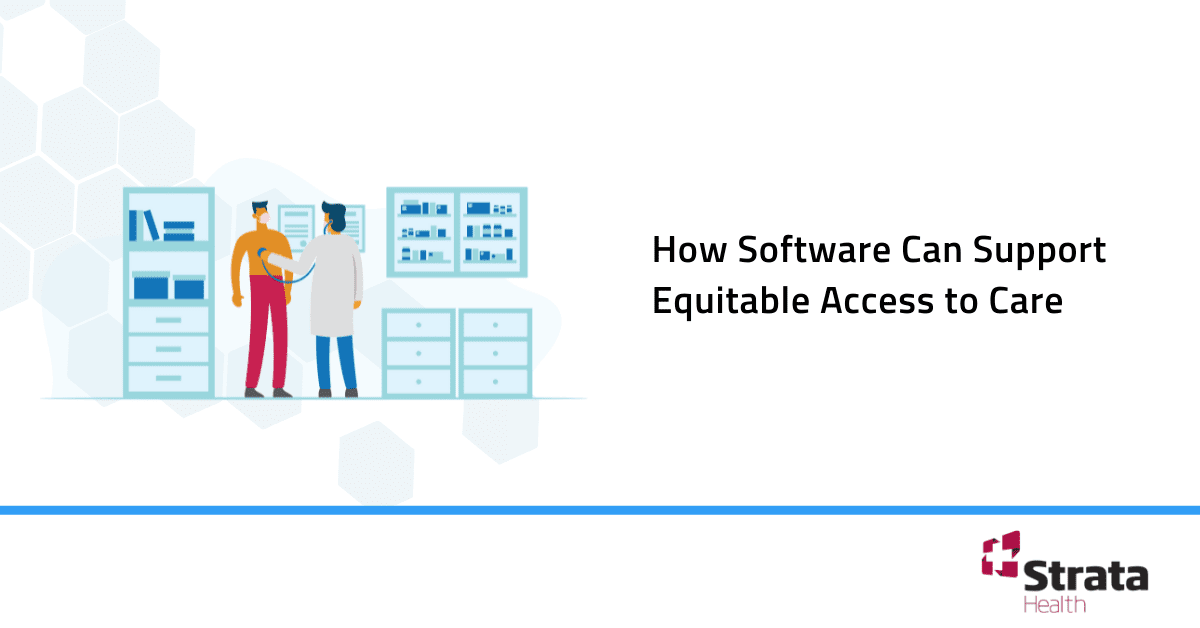
When referring patients into long-term care, natural human biases and errors can result in patients waiting longer than necessary to receive viable placements and ending up back in acute care settings.
By using sophisticated algorithms, referral software platforms are able to improve efficiency and equity in the patient matching process; ensuring patients are matched quickly, and appropriately, to available care placements.
Referral software uses several features to improve equity among patients:
- Electronic Patient Records
Using electronic patient records that integrate a patient’s health information into one secure platform allows patient data to be standardized. This means that across the continuum of care, providers are only seeing the information necessary for the referral process they’re engaging in, leaving out irrelevant details that could otherwise trigger unconscious bias.
- Automated Matching
Matching technology uses automated tools to ensure matching patients to resources is a standardized process free of human errors and bias. Patient matching technology ensures that patients are flowing through the same referral process and being selected immediately when an appropriate bed becomes available.
- Single Access Point
Having a single point of access throughout the referral process means that patient information stays uniform, access to the information is not slowed down in the process and equivalent information is provided to all care providers within the system. The single point allows convergence of all organizations in the healthcare eco system, including: Acute, Specialty Acute, Care Facilities as well as public portals for the general public.
- Actionable Data
If we hope to address inequities in care, our approach must be integrated and comprehensive in scope. Data is key to understanding where barriers are occurring. Referral software provides access to accurate, real-time data across the continuum of care that can play a critical part in understanding and addressing larger social inequalities. In turn, this can help care providers improve their referral processes.
While there is no single answer or solution to solving inequities in access to long-term care, smart, intentional use of digital tools can help us understand and eliminate potential biases. Referral software programs, like Strata PathWays, are one simple solution health and care providers can use to ensure patients are receiving equitable access to long-term care placements.
Improving equitable access to care requires collaboration and coordination across the healthcare continuum. Reach out to us today to discuss how we can collaborate on better solutions for tomorrow.
